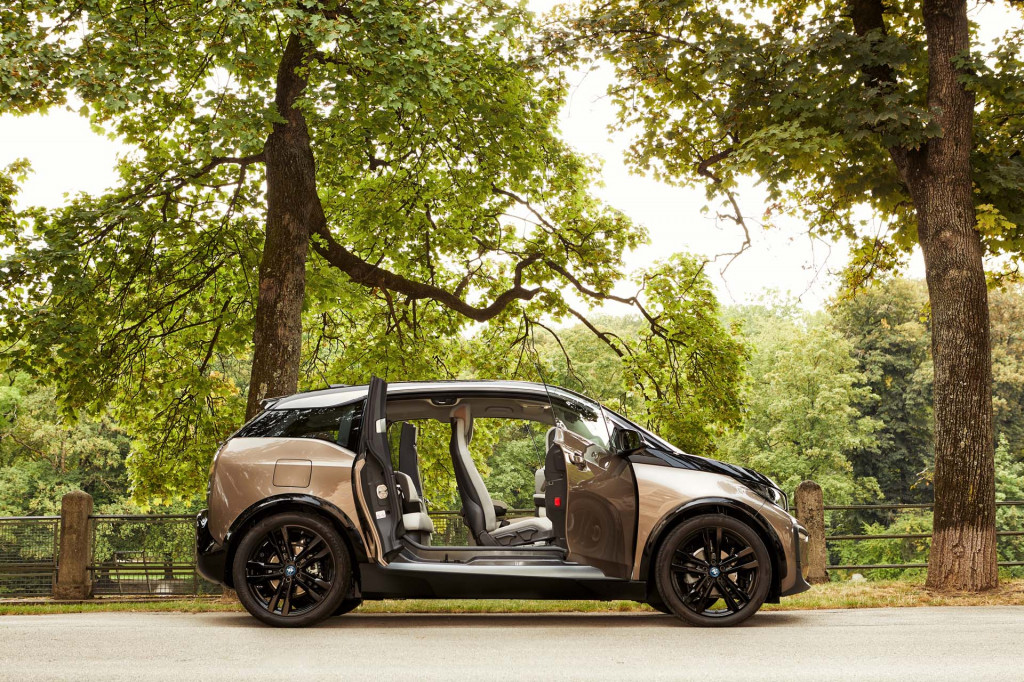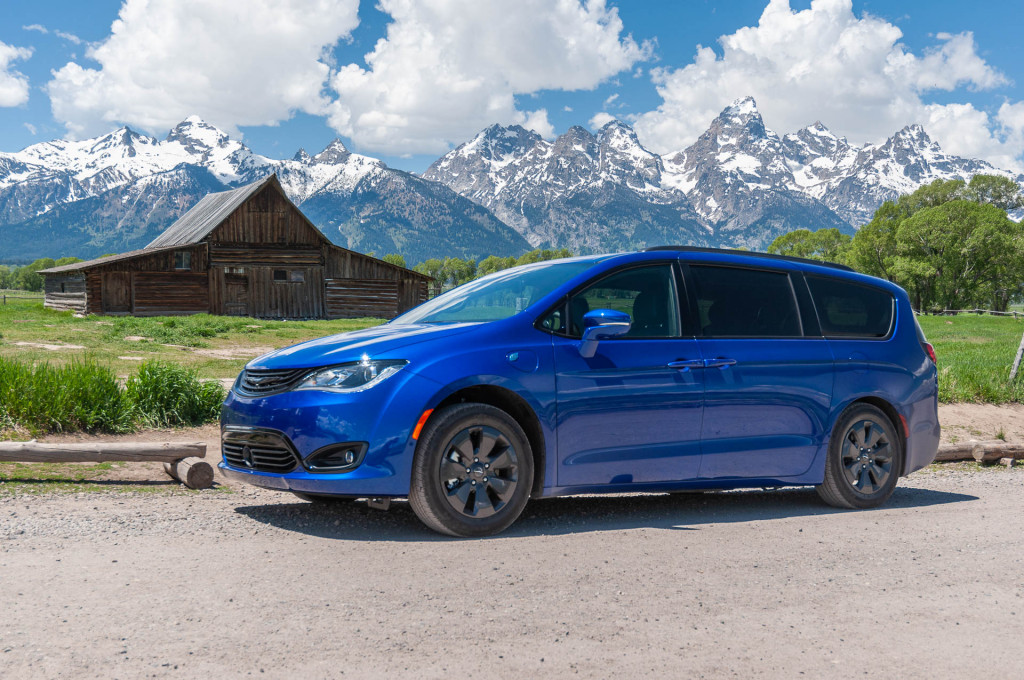Plug-in hybrids are supposed to be a sweet spot in the market, offering drivers the chance to plug in and use greener energy from the grid in most of their commuting, while having long-legged hybrid operation the rest of the time when they can’t get to a charger—for extra errands, or weekend road trips, for instance.
The original 2011 Chevrolet Volt set a standard for plug-in hybrids, and very few vehicles have since either met or exceeded its original ratings of 35 miles on just electricity and 37 mpg when operating in its hybrid mode. Even fewer have measured up to the 2016 Volt and its 53 miles of range and 42 mpg combined.
In today’s market, several automakers like Volkswagen and GM have completely abandoned plug-in hybrids, while only a handful of PHEV models are actually able to handle the average American roundtrip commute of about 32 miles without tailpipe emissions. And plug-in hybrids seem to have only gleaned a small portion of the advantages that have doubled or tripled feasible range for EVs in just a few years—the Nissan Leaf from 84 EPA-rated miles to 226 miles (for the Plus) in just four model years, for instance.
If this sounds a little bit like a grievance, well, it is. For all the complexity that automakers are introducing with a plug-in hybrid, Green Car Reports has long argued that there should be more battery.
Beware that for some of these models, actually extracting anything close to the claimed all-electric range requires specific conditions, driving modes, or just a very, very gentle right foot.
In today’s market, looking at 2019 and 2020 models that have been rated by the EPA at the time of writing, here are the models that offer the most range:

2019 BMW i3
2019 BMW i3 REx
EPA electric-only range: 126 miles
EPA-rated mpg: 31
The BMW i3 best fits into the plug-in hybrid bin, but with an awesome 126 miles before any internal combustion engine kicks in, it’s the closest to a fully electric car of any model on this list. The i3 was designed primarily as an electric car, and in range-extended (REx) form its little 647-cc 2-cylinder engine serves essentially as a backup generator for when you run out of charge or need to go a distance you can’t reach with the charging infrastructure. Although BMW recently said that there’s no future in the REx system, it lives on in the i3. And according to reports, the i3 may be bound for yet another battery upgrade in the near future.

2020 Karma Revero GT
2020 Karma Revero GT
EPA electric-only range: 61 miles
EPA-rated mpg: 26
Who would have guessed that the car that started its life as the exclusive Fisker Karma, in 2011, would still be alive and produced at the end of the decade, under a completely different company—and basically at the top of the plug-in hybrid heap in terms of range? That’s the case with the Revero GT; with a 1.5-liter turbo-3 engine (BMW i8), larger battery pack, and all sorts of other upgrades, the Revero GT is again the luxurious and quirky way to go mostly electric with its own built-in backup plan.

2018 Honda Clarity Plug-In Hybrid
2019 Honda Clarity Plug-In Hybrid
EPA electric-only range: 48 miles
EPA-rated mpg: 42
The Honda Clarity Plug-In Hybrid would best be described as overlooked—in terms of its omission from shoppers’ lists, and more recently, by Honda’s own decision to make it available only in California. Honda’s original plans with the Clarity Plug-In Hybrid involved offering it as a 50-state vehicle—essentially an alternative to the Insight hybrid. Its combination of a big 17-kwh battery pack and an efficient 1.5-liter Atkinson-cycle inline-4, with Honda’s two-motor hybrid system taking the place of a conventional transmission, amounts to a vehicle that returns very impressive electric-only range and then great fuel efficiency once you’ve used that charge.

2019 Chrysler Pacifica Hybrid
2019-2020 Chrysler Pacifica Hybrid
EPA electric-only range: 32 miles
EPA-rated mpg: 30
The Chrysler Pacifica Hybrid deserves much wider airplay for accomplishing green family transportation the way it does. Green Car Reports appreciates how Chrysler doesn’t boggle users with a multitude of modes; given the likely buyers—overwhelmed parents, empty nesters—all you simply need to worry about is to unplug the van from the charger and get in and drive, and it prioritizes electric as long as you have it (while it’s easy to stay electric).
It really does go 30 miles or more on a charge, and then recharges on a typical Level 2 connector in only about two hours. The Technology from the Pacifica Hybrid is reportedly headed to the upcoming Wrangler Plug-In Hybrid—in dramatically different format, of course.

2020 Hyundai Ioniq Plug-In Hybrid
2020 Hyundai Ioniq Plug-In Hybrid
EPA electric-only range: 29 miles
EPA-rated mpg: 52
Hyundai sets up its dedicated hybrid models, the Ioniq hatchback and Niro crossover, differently than Toyota’s Prius—placing one large motor between the engine and the input shaft of the transmission. And as Green Car Reports has found in multiple driving experiences, it shows—with a decidedly sportier driving experience, albeit with a few more hiccups in gentler driving. The Hyundai Ioniq Plug-In Hybrid is a great pick for those who want super efficiency but don’t want it to be the presence at all times. It drives well and skips the convoluted range and efficiency displays of some PHEVs in favor of conventional analog gauges, and it doesn’t have the confusing charge-restoring mode of some models.
On the other hand, it’s designed for those who want to increase their efficiency by plugging in, not for those who want to stay completely electric for a distance and then go hybrid. For the electric crowd there’s the 2020 Hyundai Ioniq Electric, which now has more range and a larger battery—though we’re hoping Hyundai adds a longer-range plug-in hybrid to the mix.
